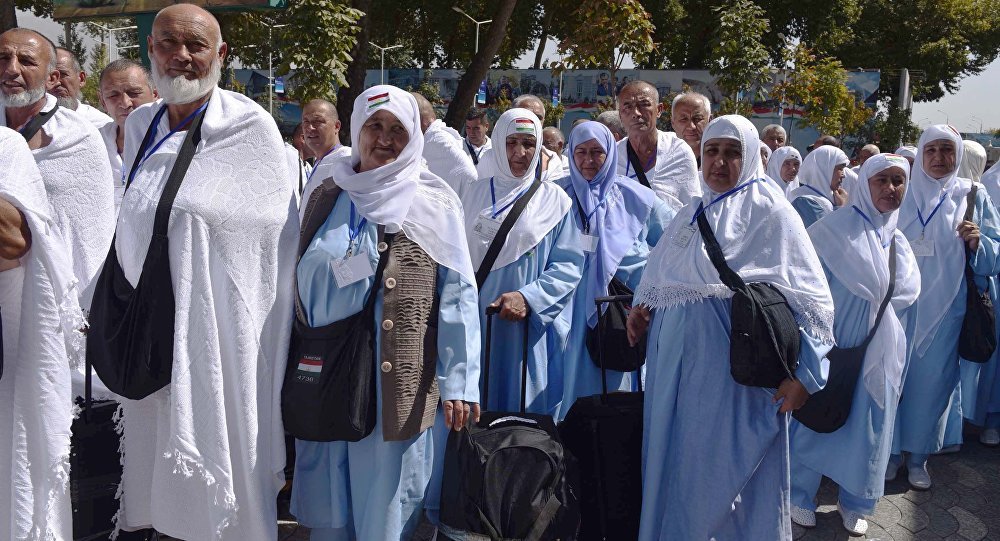In Tajikistan, in the context of the state’s monopoly, the authorities raised prices for the hajj again.
Follow us on LinkedIn
After six years of waiting, Zohir Obidov’s turn to undertake a pilgrimage to the Kaaba finally has come.

Zohir Obidov, 56, says that he has already paid above 35 thousand somoni (about $3,720) for hajj. The Committee of Religion said that these funds will be spent on air tickets, accommodation in Mecca and Medina, as well as the purchase of a sacrificial sheep.
Obidov says that, in addition to these funds, money is needed for various services at almost every step. For example, for a medical examination and preparation of documents. In addition, he was demanded to pay another 750 somoni (about $80) for “unforeseen expenses”. Zohir Obidov says that the hajj price is increasing every year, but no one complains. In case if someone begins complaining, there immediately will be someone else willing to pay even higher price for the hajj. There are tens of thousands people on the waiting list. He is surprised that in Tajikistan, officially recognized as the poorest country in the CIS, the prices for the hajj are so high. For example, one of his acquaintances with Russian citizenship left for the hajj from Kazan, and all his expenses amounted to $2,700, which is $1,000 less than those in Tajikistan. Let us note that this year, the Parliament of Tajikistan increased the prices just before the departure to the hajj. According to the amendments to the Law “On Other Mandatory Payments to the Budget” approved at the lower house (Majlisi Namoyandagon) of parliament meeting on April 26, anyone who intends to undertake a mandatory hajj or umrah has to pay a fee of 500 somoni or $50 to the Committee of Religion. According to Sulaymon Davlatzoda, chairman of the Committee of Religion of Tajikistan, the organization responsible for organizing the departure for the hajj, “these funds will be used to provide services and prepare documents for pilgrims”. Previously, these services were provided from the total amount of money paid by pilgrims.
Shukurjon Zukhurov, chairman of the the lower house (Majlisi Namoyandagon) of parliament of Tajikistan, criticized this initiative of the Ministry of Finance and the Committee of Religion.

According to Sulaymon Davlatzoda, chairman of the Committee of Religion, responsible for organizing the hajj, in 2019 the tax burden and the cost of goods in Saudi Arabia increased. Therefore, according to him, the cost of organizing a trip to the hajj has increased (up to $420).
The Committee of Religion noted that the cost of organizing a trip to the hajj is annually conformed by the Antimonopoly Service under the Government of the Republic of Tajikistan. Khodizoda: The Annual Cost Increase of a Trip to the Hajj Is of Concern Faridun Khodizoda, an expert on religion, believes that the main purpose of introducing a fee for the hajj is another way to “replenish the budget”. According to him, the Government of Tajikistan by all means: by increasing the cost of goods and services, including the duty on pilgrims and tourists, wants to solve the problem of budget deficit.This publication was produced under IWPR project «Forging links and raising voices to combat radicalization in Central Asia»

